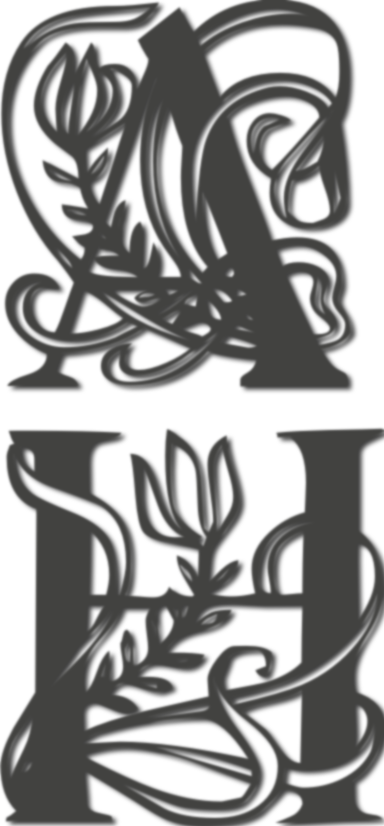| Autor |
Maciej Kokoszko (Uniwersytet Łódzki) ORCID:0000-0002-9563-2902 |
|---|---|
| Tytuł | Dietetyk Antimus |
| Title | Anthimus the dietician |
| DOI |
10.25951/4400 |
| Słowa kluczowe | historia kuchni antycznej i bizantyńskiej, historia medycyny antycznej i bizantyńskiej, Antimus, Antym, De observatione ciborum. |
| Keywords | history of ancient and Byzantine culinary art, history of ancient and Byzantine medicine, Anthimus, De observatione ciborum. |
| Strony | 11-37 |
| Pełny tekst / full text | |
| Tom | 23 |
Streszczenie
Niniejsze studium analizuje fragment brzmiący: ...in dulci piper habentem, parum cariofilum et gingiber, costo et spicanardi vel folio, który stanowi część rozdziału 13 traktatu De observatio-ne ciborum. Został on napisany przez bizantyńskiego lekarza Antimusa/Antyma na początku VI w. n.e.
Autor artykułu podjął próbę rekonstrukcji technologii przygotowania dania opisywanego przez bizantyńskiego dietetyka oraz uzupełnienia listy ingrediencji zalecanych w celu przygotowania potrawy (stawiając hipotezę, że użyty w przepisie termin folium oznacza tejpat, tzn. Cinna-momum tamala [Buch.-Ham.] T. Nees & Eberm, a nie nard). Czyni to na podstawie wybranej literatury kulinarnej, medycznej i encyklopedycznej powstałej w okresie antyku i Bizancjum. Badania doprowadzają także do konkluzji, że rady Antimusa zawarte w jego dziele oparte zo-stały na jego głębokiej kompetencji w zakresie wiedzy medycznej.
Summary
The present study analyses the fragment reading ...in dulci piper habentem, parum cariofilum et gingiber, costo et spicanardi vel folio, being part of Chapter 13 of De observatione ciborum, penned by a Byzantine physician Anthimus at the beginning of the 6th c. AD. The author of the article tries to reconstruct (on the basis of topical culinary, agronomic and encyclopaedic literature of Antiquity and Byzantium) the technology employed in preparing the delicacy, and its full list of ingredients (claiming that the term folium in the recipe denotes tejpat, i.e. Cinnamomum tamala [Buch.-Ham.] T. Nees & Eberm, and not spikenard). The re-search leads to the conclusion that Anthimus’ literary advice is based on his profound medical competence.
